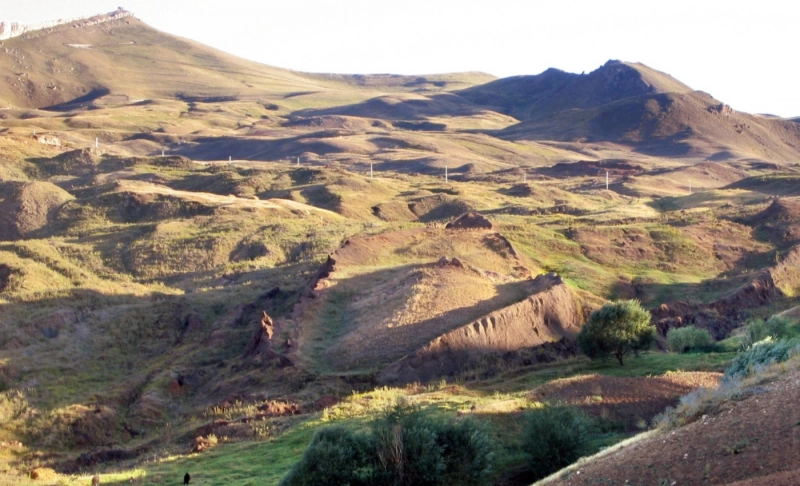By: Christian Haag
January 4 2023

No, Noah’s ark has not been found. The boat-like structure is a natural rock formation.
Context
Videos recently uploaded in December 2022 on TikTok have gone viral, claiming that Noah's Ark has been found on Mount Ararat in Turkey. According to the video, skeptics have disproven the existence of Noah's Ark because a boat of that size would have left traces, but none have been found. However, claims that the remains of Noah's Ark have recently been discovered on Mount Ararat have given credence to this belief. The video claims that archaeologists have found that the measurements of the boat-like structure reach a length of 300 cubits, or 515 feet, the same length as the Ark that God instructed Noah to build according to Genesis 6:15. This is seen as proof that the real Ark from the Great Flood has been found.
In Fact
However, the claim is false and shows the Durupinar site, a place commonly associated with the location of Noah's Ark. Dr. Dan McClellan, a doctor of theology and religion, fact-checked the claims of a similar video uploaded to TikTok at the end of October, which accumulated over 3.7 million views. According to McClellan, the boat-like structure is not the remnants of petrified wood from Noah's ark but a geological stone structure commonly found in the area. Addressing the measurements of the site, Dr. McClellan also explains variations in the use of cubits as a measurement in the Bible. As there were no standardized measurements at the time, it is unknown what kind of cubit was in mind for the story. A cubit in the Bible varies in size from 17 to 20 inches.
The claim has been further scrutinized by Lorence G. Collins, Professor Emeritus in Geology at California State University Northridge, in an article from 2016. In the article, Collins debunks the research done by Ron Wyatt, David Fasold, John Baumgardner, and Salih Bayraktutan during the 1970s and 1980s. Collins concluded that the boat-like structure was formed by the erosion of the bedrock by landslide debris. According to Collins, the pieces of stone interpreted to be petrified wood were basalt rock, probably transported by mudflows during floods.
Claims of the discovery of Noah's Ark are old, and there have been many attempts to find it throughout the 20th-21st century, and have been a common topic within biblical archaeology. Examples include Russian pilot Lieutenant Roskovitsky in 1916 during a flight over mount Ararat, astronaut James Erwin, and George Jammal, featured in the CBS documentary "The Incredible Discovery of Noah's Ark" in 1993. The most recent project, the Turkish-American Noah's Ark Scans, began in 2021. This expedition used ground-penetrating radar (GPR), Electrical Resistivity Tomography (ERT) scans, core drilling, and excavations to analyze the location.
The claim has been spread in both Swedish and English, and the videos uploaded in December all share the same structure and claims, showing an interesting case of plagiarism and the reproduction of false claims.
The Verdict
Geological evidence proves that the Durupinar site in Turkey is a natural rock formation and is not the petrified wooden remains of Noah's Ark. Therefore, we have marked this claim as false.
This fact check was edited on the July 6 2023 to clarify the geographical location of the Durupinar site.